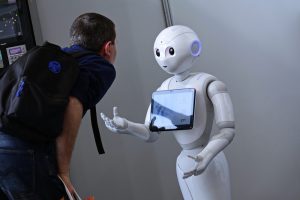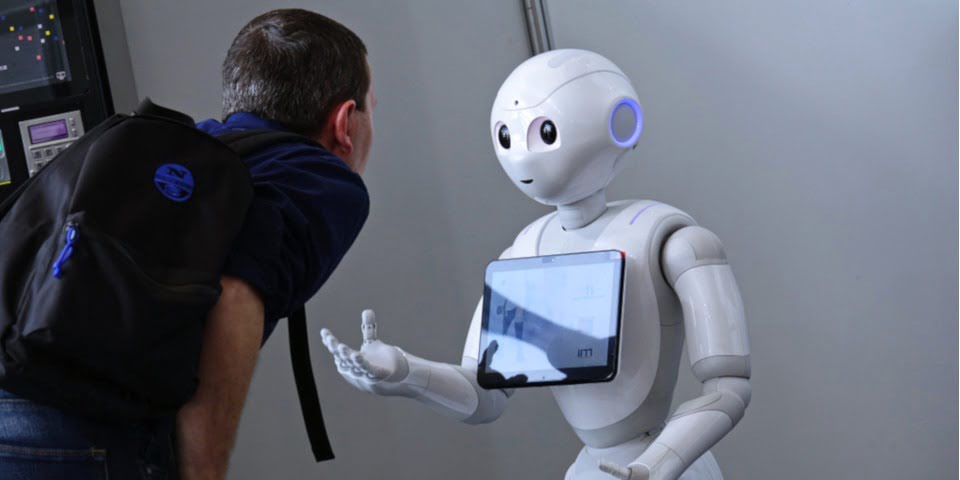As online shopping starts to bite worldwide, bricks-and-mortar retailers are turning to in-store robots to attract customers. But research shows the robots need the right kind of faces to do their jobs well.
Global retailers are experimenting with in-store robots to help customers with everything from navigating the aisles to selecting products. Although they’ve had a mixed response so far, Dr Rebecca Dare from Melbourne’s Monash University believes they still have potential. The key, she believes, lies in “technological ingenuity” and better facial designs.
“Australians may balk at the thought of engaging with a robot when grocery shopping,” said Dr Dare, who is Managing Director of the Australian Consumer, Retail and Services commercial research unit within Monash Business School’s Department of Marketing.
“But they could deliver a number of positives, including faster product selection, aisle navigation and payment options. These factors could draw shoppers back to bricks-and-mortar stores.
“Further development of in-store robots that encourage human interaction is required before they can have a positive and meaningful impact on retailers and customers.”
Firing Fabio
Earlier this year, Scottish supermarket chain Margiotta employed its first in-store robot, Fabio.
But it fired Fabio within just one week after he had difficulty moving around the store and directing customers.
Sadly, Fabio isn’t the only in-store robot to struggle in a human environment. Tom, the robot of a German consumer electronics retail chain, also struggled to engage wary customers. Engineers even programmed Tom to dance ‘Gangnam style’ in a bid to make him more approachable.
In October, Walmart began testing a new autonomous robot with the snappy name of Auto-C in 78 US stores.
Walmart says it will soon deploy Auto-C to more than 360 stores. But, unlike some in-store robots, Auto-C is responsible for scrubbing the floors. It therefore allows Walmart employees to concentrate on engaging with customers.
Does the face fit?
According to Dr Dare, one key design element is the face of the robot.
“Looking at the in-store robots available today, such as Tom, Pepper (pictured) and Paul, most have been designed with round, friendly, albeit submissive faces,” she said.
Although such faces signal kindness and trustworthiness, says Dr Dare, longer and more dominant faces signal competence and intelligence. She believes these qualities are important for the roles robots are fulfilling in retail stores.
“In addition to the facial shape,” she added, “in-store robots should connect shoppers with human assistance when required, rather than remove human connection from the shopping experience.”
This is an important consideration, especially when three in four global customers want to interact with a real person more and more as technology improves.




